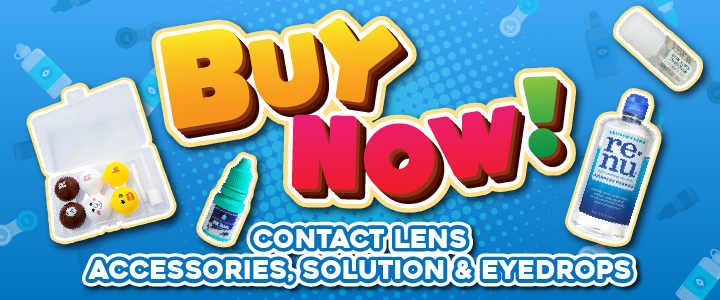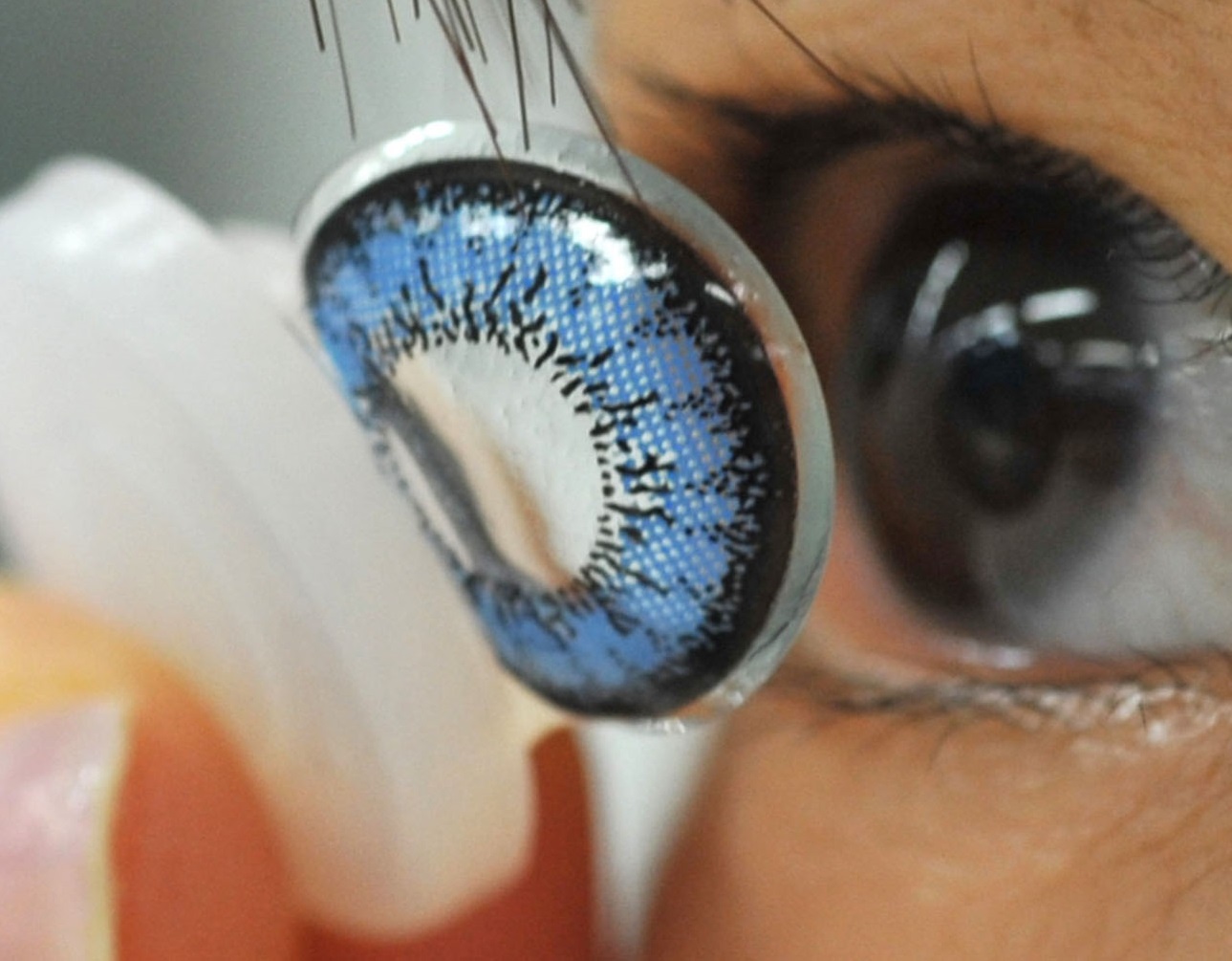Cleaning contact lenses properly is critical to maintaining good eye health and ensuring the longevity of the lenses themselves. In this post, we will dive deep into “How To Clean Lens Contacts” by exploring both manual handwashing and the use of contact lens cleaning devices. We will also examine the effectiveness of each method and discuss the risks of inadequate lens maintenance.
Table of contents
Estimated reading time: 4 minutes
Handwashing Contact Lenses
Handwashing is the traditional method for cleaning contact lenses and is widely recommended by eye care professionals.
Step-by-Step Guide to Handwashing Contact Lenses:
- Wash Your Hands: Ensure your hands are clean by washing them thoroughly with soap and water. Dry them with a lint-free towel.
- Cleaning the Lens: Place the lens on your clean palm, apply a few drops of the multi-purpose solution, and gently rub the lens with your index finger.
- Rinse: Rinse the lens with an additional solution to remove the loosened debris.
- Soak: Place the lens in a clean lens case filled with fresh solution and allow it to soak.
Pros:
- Sensitivity to Debris: Handwashing gives you the tactile feedback needed to ensure that all debris is removed.
- Control: You can ensure that all surfaces of the lens are cleaned.
- Affordability: Handwashing is cost-effective as it only requires a multi-purpose solution.
Cons:
- Time-Consuming: It takes time to clean each lens properly.
- Risk of Damage: Improper technique can lead to torn or damaged lenses.
- Consistency: Requires a consistent technique to be effective.
Effectiveness:
- Handwashing is highly effective when done correctly, as it physically removes deposits from the lens surface.
Consequences of Poor Cleaning:
- Inadequate cleaning can lead to eye irritation, infection, or even conditions such as keratitis or corneal ulcers due to the buildup of pathogens on the lens surface.

Using Contact Lens Cleaning Devices
Contact lens cleaning devices are a modern convenience that automates the cleaning process.
Step-by-Step Guide to Using Contact Lens Cleaning Devices:
- Insert Lenses into the Device: Place your contact lenses into the device, which is typically a small, portable machine.
- Add Cleaning Solution: Fill the device with the appropriate contact lens cleaning solution, ensuring you are using a compatible solution for your device and lenses.
- Start the Cleaning Cycle: Activate the device, which will clean the lenses using a combination of movement and cleaning solution. This could involve ultrasonic waves or agitation.
- Wait and Remove: Once the cycle is complete, usually after a few minutes, the lenses are ready to be removed, rinsed if necessary, and inserted into the eyes or stored in a lens case.
Effectiveness:
- These devices can provide a consistent and thorough clean, which is particularly beneficial for those with a higher risk of eye infections.
Pros:
- Efficiency: Cleaning devices can clean lenses thoroughly with little effort.
- Thoroughness: Devices often provide a more consistent clean, reaching areas that may be missed by hand.
- Time-Saving: These devices work quickly and can clean lenses as you perform other tasks.
Cons:
- Cost: These devices can be an investment.
- Maintenance: The devices themselves require regular cleaning and maintenance.
- Availability: May not be as readily available as multi-purpose solutions.
Consequences of Poor Cleaning:
- Similar to manual cleaning, if the device is not used properly or the cleaning cycle is not effective, it can lead to an accumulation of deposits and increased risk of eye infections.
Comparative Effectiveness
Comparing handwashing and cleaning devices, both methods can be effective if used properly. The manual method provides tactile feedback and may give users a sense of control over the cleaning process. Devices, on the other hand, can offer convenience and possibly a more consistent clean but require a financial investment and ongoing maintenance.
Risks of Inadequate Cleaning
The consequences of not cleaning contact lenses thoroughly include:
- Discomfort: Dirty lenses can cause irritation, redness, and a gritty feeling in the eye.
- Reduced Lens Life: Deposits on lenses can degrade the materials, leading to a need for frequent replacement.
- Eye Infections: The most serious risk is the development of an eye infection, which can lead to vision loss in severe cases.
Conclusion
Whether you choose manual cleaning or an automated device, the key to maintaining eye health and lens performance is consistency and following the correct procedures. Regular visits to your eye care provider are also essential to ensure that your contact lens care routine is appropriate and effective. Always use the recommended solutions and follow the manufacturers’ instructions for both your lenses and cleaning devices to minimize the risks to your eye health.

Read More:

